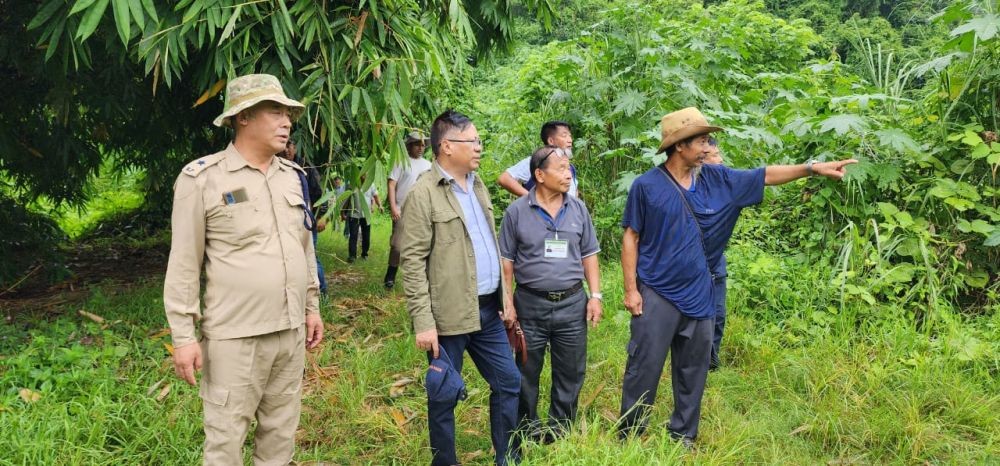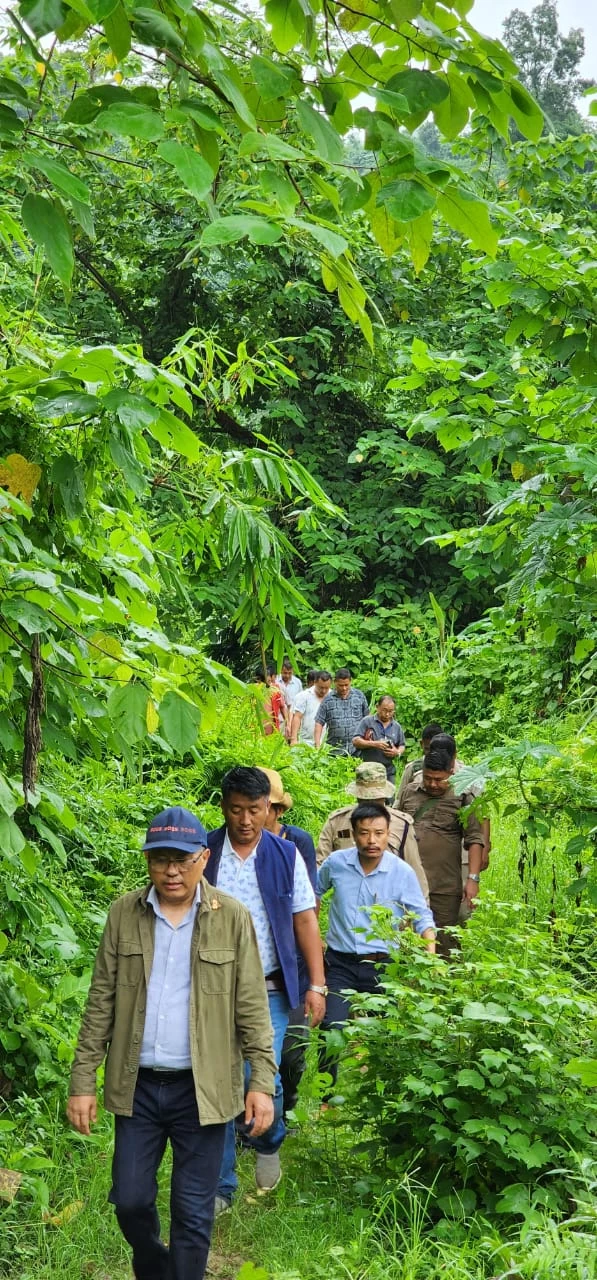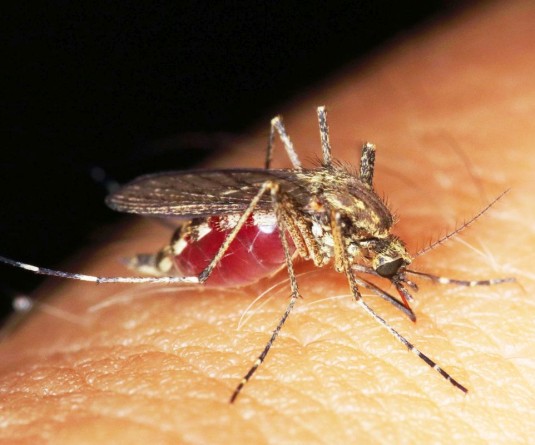Team of Nagaland Environment, Forest and Climate Change Department and others during the field trip to Wokha district on September 19 and 20. (DIPR Photo)

Kohima, September 20 (MExN): An official team of Nagaland Environment, Forest and Climate Change Department (EF&CC) and others took a field trip to Wokha district to stock of the human-elephant conflict on by visiting the affected areas on September 19 and 20.
The visit, by Commissioner & Secretary EF&CC Kikheto Sema, was also undertaken to meet the affected communities of the area, informed a DIPR report.
On September 19, the officials visited Mekokla village and had a detailed interaction with the villagers while on September 20, they had a meeting with the Englan Range Village Council Union at Doyang Hydro.
The team also met Yanmhon Area Public Organisation and visited recent affected areas in Liphi and Hayiyan villages. In Bhandari, the team had a detailed interaction with the affected villages, community elders of more than 20 villages from Sanis and Bhandari Sub-Division in presence of Lotha Hohos.

As per the report, the GIS team also took drone images of the affected areas to collect additional data during these visits.
Meanwhile, during the visits, Sema highlighted that the population of elephants in the world is over 5 lakh, out of which India around 30,000. A large portion of them are in the North-East (over 10,000), with Assam leading the tally at over 5700, followed by Meghalaya (1754); and Arunachal Pradesh (1,614).
Nagaland has around 446 and the Intanki National Park area has a higher population of elephants followed by Wokha, Mon and adjoining districts of Mokokchung, Zunheboto and Longleng, he maintained.
Few of the members of the general public were of the opinion that whether humans should exist or whether elephants should exist, the DIPR report said.
While acknowledging with the problems shared by the affected people, the Commissioner and Secretary said that all animals are also creation of God and humans should try to co-exist with them, it noted.
Due to various developments activities of humans, the traditional corridors where the elephants migrate in Assam have been blocked so the present elephant population is forced to settle in the limited Range of forest falling in the above areas, he reportedly added.
He informed the community elders and leaders that the Department will work out a policy and strategy for co-existence with wild animals and mitigating conflicts.
On the issue of shortage of staff, Sema informed that the Department will review the workforce and resources with logistics so that the forest staff are also well trained and well equipped to tackle any emergency and exigencies. He also indicated at rationalisation to tackle the shortages.
He appealed to the communities’ leaders to share their problems and experience so that a combined strategy and action plans can be formulated to reduce the man-elephant conflicts.
With regard to compensation related applications, he assured that the applications would be forwarded to appropriate authorities for consideration.
The Department will also make a comprehensive plan to tackle human-elephant conflict mitigation in the State, with special reference to Wokha and neighbouring districts, Sema added.
The Commissioner and Secretary was accompanied by Vedpal Singh IFS, PCCF and the Chief Wildlife Warden along with Pangloi, PA to Forest Minister; Suman W M Sivachar IFS, DFO Wokha Forest Division; Tokaho Kinimi IFS, Wildlife Warden, Dimapur Wildlife Warden; representative officers from Wokha Administration and Wokha Police of respective jurisdictions and GIS team.





